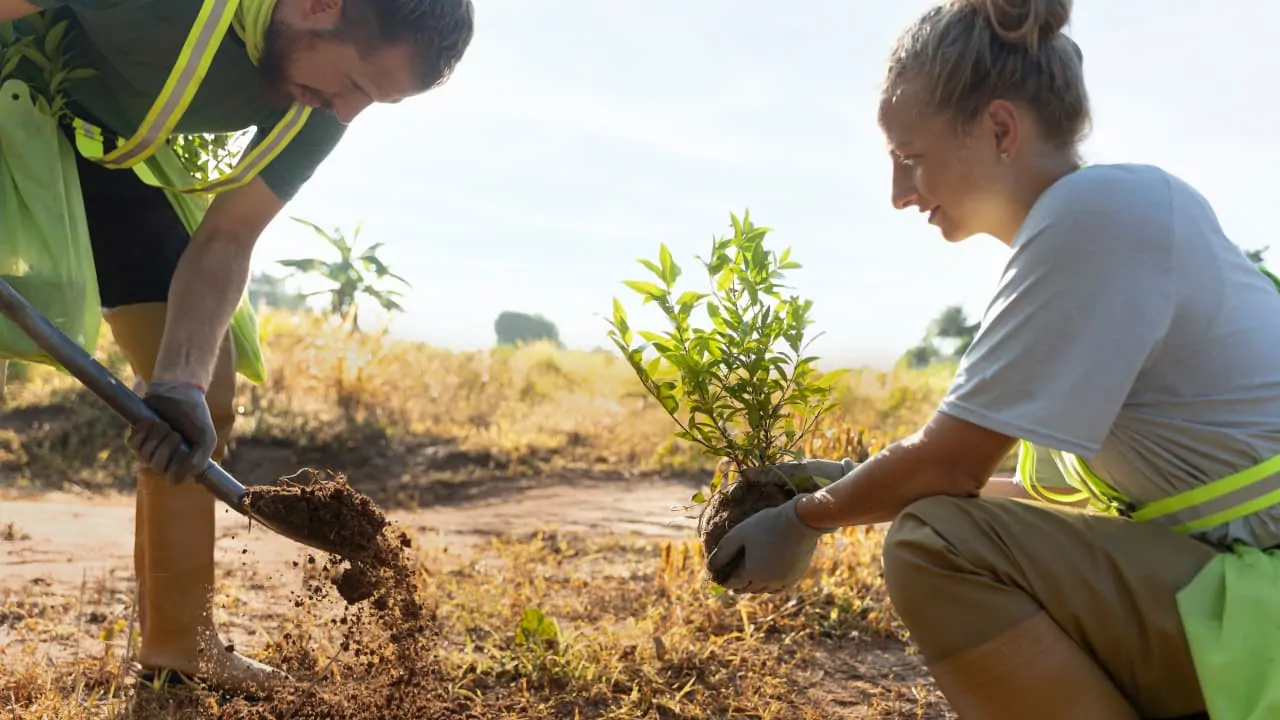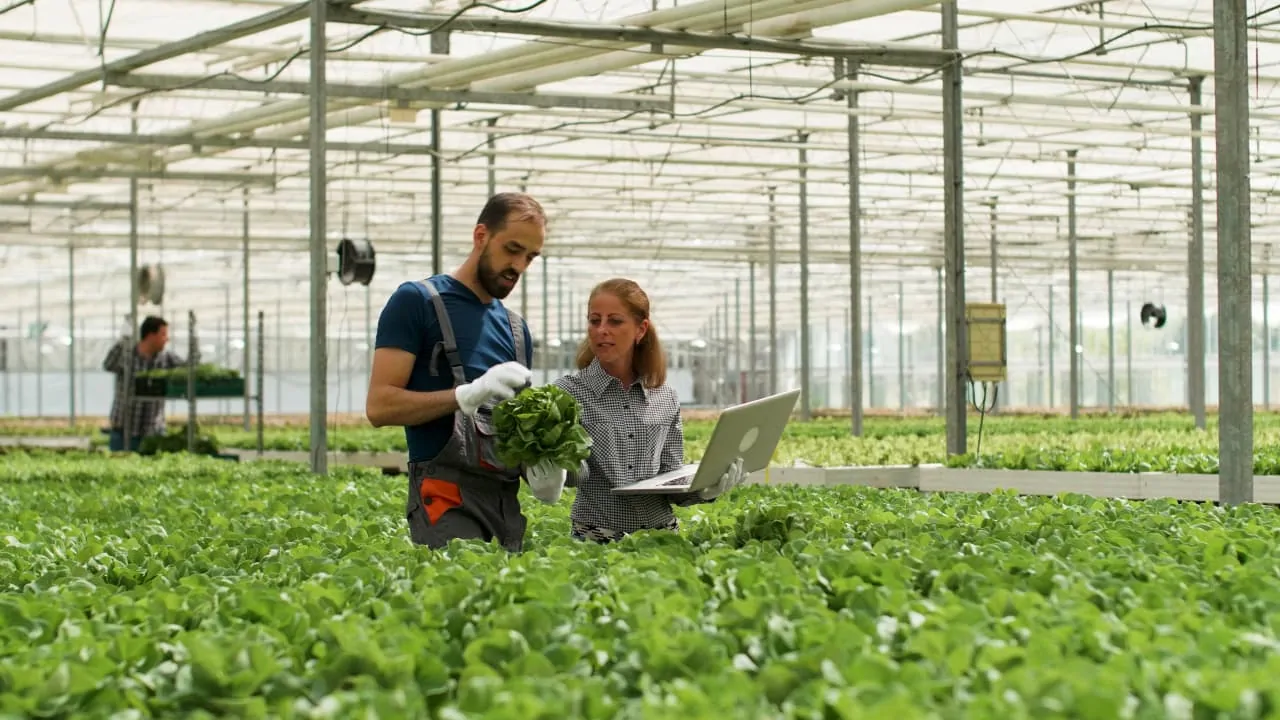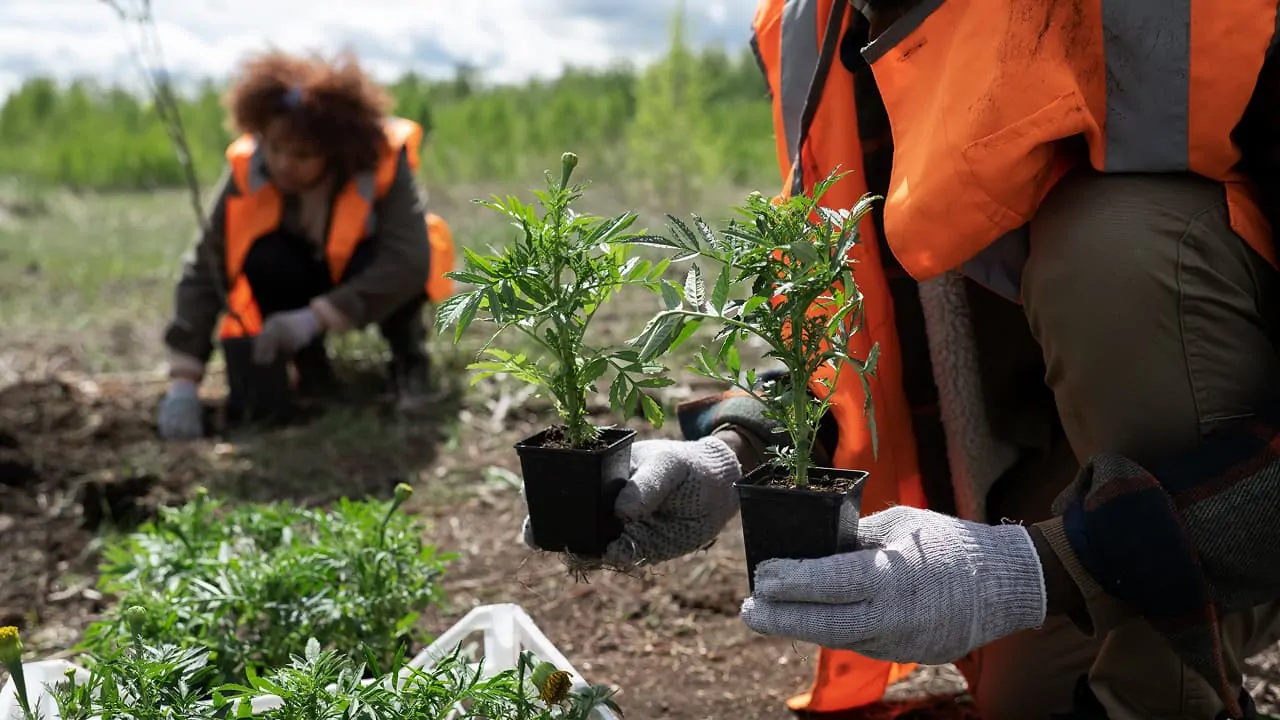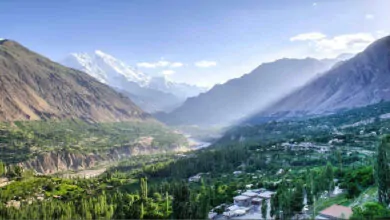What is Reforestation? A Quick Overview
Reforestation is the restoration of trees where the forest has been removed, usually by natural events, such as fire or disease, or human events, such as logging, farming, or paving. It is a restoration measure for ecological balance to reduce the negative effects of deforestation. Though the concept may sound simple, tree planting involves a web of ecological, technological, and socio-political processes that are more than just planting trees.
Table of Contents
Forest regeneration was typically a local response effort. But as climate change, habitat destruction, and biodiversity loss have risen to the top of the international agenda, it has grown into a strategic global movement. Once, forest rehabilitation was a topic of limited conversation, confined to the pages of academic journals, organizations, governments, and grassroots campaigns alike.
Let’s dive deeper into reforestation;
Why Reforestation Matters: Ecological and Climate Significance

Forests are often referred to as the lungs of the Earth. They take up carbon dioxide and release oxygen, thereby contributing significantly to regulating the world’s atmospheric greenhouse gases. The causes of deforestation, such as logging, agriculture, and urban expansion, have contributed to this issue. Deforestation now accounts for around 10% of annual carbon emissions globally, per the Intergovernmental Panel on Climate Change (IPCC). Consequently, reforestation has increasingly become a key component of international climate strategies.
In addition to carbon sequestration, forests offer a plethora of ecological services. They conserve soil, regulate hydrological cycles, stabilize microclimates, and provide habitats for more than 80% of terrestrial species. Ecosystem restoration provides these functions to ecosystems, going a long way toward making landscapes more resilient to natural disasters like floods and droughts.
Give it A Read:
Furthermore, forests hold cultural and economic value. Countless indigenous peoples rely on forests for sustenance, cultural traditions, and their social identity. Therefore, reforestation is tied to cultural preservation and sustainable development.
Approaches to Replantation

There are three main categories of reforestation approaches: natural regeneration, assisted natural regeneration, and artificial planting.
Natural
Natural regeneration enables forests to recover organically, depending on the movement of seeds to the area through external factors like wind, animals, and leftover vegetation. Especially in regions where the soil and seed banks are intact, this is often the most cost-effective and ecologically sound approach. But this process takes time and might not be possible in degraded lands.
Assisted
Assisted natural regeneration includes low-input approaches to encourage natural processes, for example, protecting saplings from grazing or managing invasive species. This process preserves native biodiversity and speeds forest recovery.
Related Pick: Battling Deforestation: Solutions for a Greener Earth
Artificial
The most regulated process for planting trees is artificial regrowth, also known as tree-planting. This encompasses choosing the right tree species, spacing, and planting techniques. If there’s a disadvantage, though, it’s that it can create monocultures if not managed closely, but it is easier to plant and provides immediate visual punch. It can make monocultures more susceptible to pests, diseases, and climate stress and can undermine long-term ecological stability.
Replanting Innovations and Technology

Recent years have seen huge strides in the development of new technology to assist with tree restoration efforts. In recent years, satellite images and remote sensing technologies have been widely used to monitor changes in forest cover, assess soil health, and plan large-scale planting projects. They allow for precise planning and early identification of degradation hotspots.
1. Drones and Aerial Seeding
Unmanned aerial vehicles (UAVs) with seed-dispersal mechanisms can plant thousands of seeds in a fraction of the time that manual planting would take. For instance, Australian startup AirSeed Technology deploys AI-powered drones that shoot seed pods into the ground, dramatically speeding up tree restoration.
2. Artificial Intelligence (AI) and Data Analytics
AI models analyze environmental data to identify potential planting opportunities, monitor tree growth, and assess ecosystem health, and even track AI carbon emissions. Firms such as Oko Environmental have adopted AI to boost germination percentages and mitigate risk in reforestation projects.
3. Environmental Sensing Devices
Innovative sensors monitor early-onset signs of wildlife or illegal logging, allowing authorities to intervene quickly. There are devices from companies like Dryad Networks that create the Silvanet Wildfire Sensor to help detect fires in their early stages to allow early fire response.
4. Fog Collection Systems
In arid regions, fog nets draw water out of the mist, an important irrigation aid for young trees. This type of ‘cloud-milking’ technique to maintain reforestation efforts without external sources of water is used at the Life Nieblas project in the Canary Islands.
5. Blockchain Technology
This is being investigated for improving transparency and accountability in tree restoration projects. Creating immutable records of tree planting and maintenance activities will allow stakeholders to prove that funds are being correctly allocated.
Successful Global and Local Tree-Planting Projects

China’s Green Great Wall, also known as the Three-North Shelter Forest Program, is one of the most famous hereditary records of successful reforestation worldwide. Started in 1978, the plan is to plant more than 88 million acres of forest in northern China by 2050. It is not without criticism, including hurting biodiversity and consuming a lot of water, but it has greatly reduced desertification and also improved the local climate.
In Africa, the Great Green Wall project crosses the Sahel, covering 20 countries. Aiming for the restoration of 100 million hectares of degraded land by 2030. As of 2021, this has led to the restoration of more than 18 million hectares, which is improving food security and economic resilience.
In Brazil, reforestation efforts have been gaining ground in the Atlantic Forest. “At a national level, the’ Pacto Mata Atlântica’ initiative aims to restore 15 million hectares by 2050. The approach, which has engaged more than 300 organizations, melds scientific research with community-based action.
Pakistan’s one billion tree tsunami, which began in 2014 and became the two billion tree tsunami program, has also garnered global attention. The program has helped to reforest thousands of hectares and provided green jobs, but transparency and long-term maintenance issues persist.
Challenges and Ethical Considerations of Reforestation

Although it is hopeful, replanting is not a solution, and it comes with many challenges. Land availability is one of the biggest problems. Tree restoration is frequently at odds with agricultural and urban land use. Land use is a risk for social sustainability in the future in terms of improving land rights, which is crucial in resolving disputes, particularly with Indigenous peoples and other local communities.
You Might Like to Read: Agricultural Growth and Forest Loss: Finding Harmony
Another ethical and ecological issue is the choice of tree species. Non-native plants may grow faster, but they can also displace native organisms, drain water resources, and lower biodiversity. Carbon farms with monocultures are not what restoration is about.
Although economically viable, monoculture plantations fail to mimic the complexity and resilience of natural forests. They can even turn into ecological liabilities, vulnerable to pests and fire.
There is also growing unease about “greenwashing” — of the shallow plantings, for PR rather than ecological effect. And while some corporations commit to planting millions of trees, they often don’t spell out how they plan to maintain them, ensure survival rates, or choose ecologically appropriate trees. To prevent these dangers, transparency, scientific foundation, and community implementation are key.
Benefits in the Long Run
If done well, reforestation brings a host of long-term benefits. From an environmental perspective, it increases biodiversity, rehabilitates ecosystems, and builds climate resilience. Forests are carbon sinks, absorbing emissions and stabilizing local weather.
From an economic perspective, through nursery management, planting, and maintenance of forests, forest regeneration can create jobs in rural areas. It can also enable sectors like sustainable timber and non-timber forest products, as well as ecotourism. Restoring 350 million hectares of degraded land by 2030 may yield $170 billion per year in ecosystem services, according to the World Resources Institute.
Socially, restoration can rejuvenate communities, enabling cleaner air, improved water regulation, and cultural renewal. Engaging with local stakeholders will increase the likelihood of your project succeeding and leaving a lasting impact.
However, learning and capacity-building around maintaining forest stewardship can translate into empowered communities and multi-generational sustainability.
The multiple benefits of this umbrella approach are reflected in the data from the United Nations and other institutions. Here is a summary of new global tree restoration figures:
| Indicator | Value (2024) | Source |
| Global deforestation rate | ~10 million hectares per year | FAO (Global Forest Resources Assessment) |
| Land targeted for restoration (by 2030) | 350 million hectares | Bonn Challenge |
| Estimated CO2 that could be captured | Up to 226 gigatons | ETH Zurich (Science, 2019) |
| Area restored annually | ~5.6 million hectares | UNEP (2022 Report) |
Such issues highlight not just the size of the challenge but also the great opportunity that replanting represents in turning the tide on ecological decline and achieving sustainability objectives.
Global Reforestation Statistics Table (2024)
| Region | Forest Loss (2010-2020, million ha) | Reforestation Gains (2020-2024, million ha) | Major Initiatives |
| South America | 55 | 9 | Amazon Reforestation, Atlantic Forest Pact |
| Sub-Saharan Africa | 32 | 12 | Great Green Wall |
| South Asia | 19 | 8.5 | India & Pakistan Green Campaigns |
| China | 15 | 11.5 | Three-North Shelterbelt |
| North America | 8 | 2.7 | US Forest Restoration, Canada Tree Plan |
| Europe | 5 | 3.1 | EU Biodiversity Strategy |
Sources: FAO Global Forest Resources Assessment 2020, World Resources Institute, UNEP 2024 Reports.
Conclusion
Reforestation is our best fight against climate change, biodiversity loss, and ecological degradation. It’s not just about planting trees, it’s about bringing back living systems that support the planet. To be truly effective, tree restoration has to be evidence-based, community-led, and ethically motivated.
The world embraces sustainability, and forest regeneration is the most practical and symbolic act of repair. Integrated approaches that combine technology, traditional knowledge, and policy frameworks are the way forward. Together, we are creating a future where our forests thrive, our air is clean, and our planet is vibrant.
Read More: Forest Clearance and Biodiversity Loss
